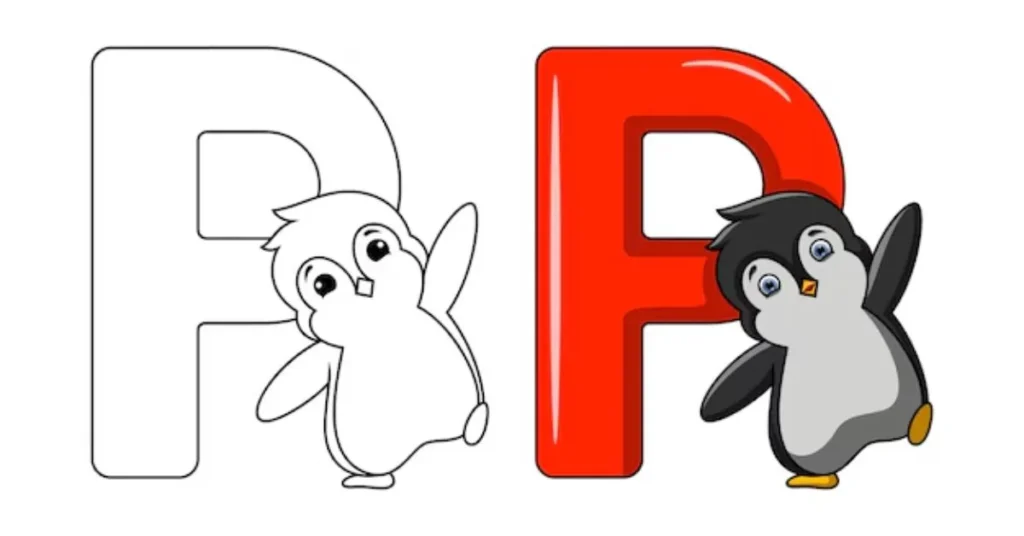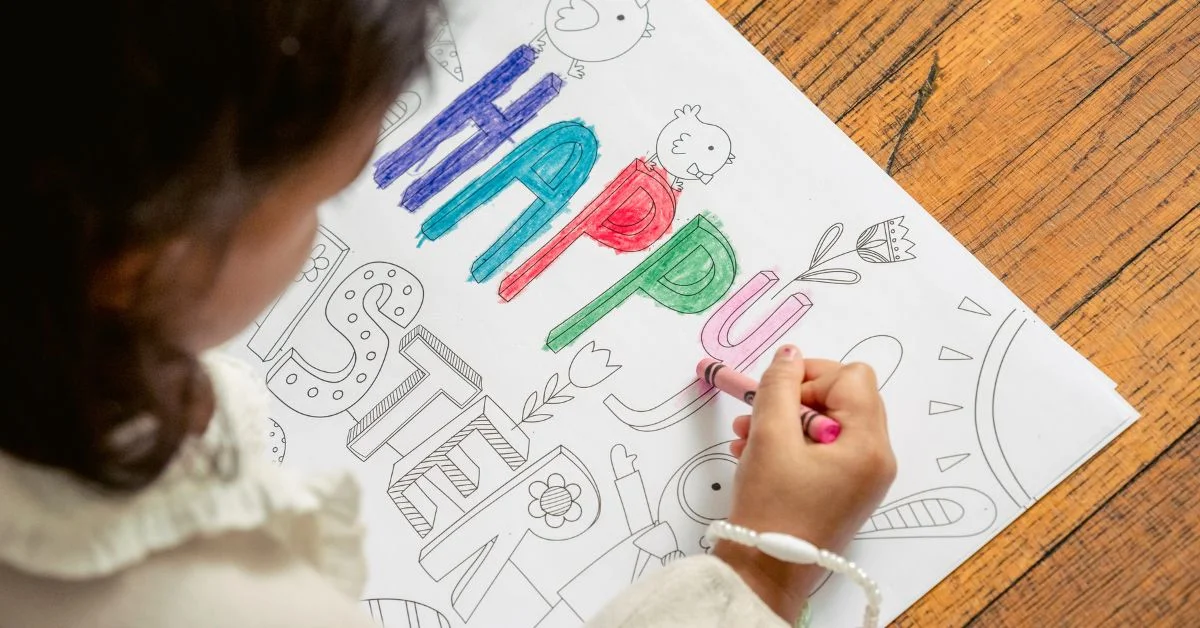In the realm of childhood education and development, the importance of engaging learning tools cannot be overstated. One such innovative tool is the alphabet coloring book. Designed specifically for young learners, this versatile resource serves not only as a creative outlet but also as an educational aid, promoting literacy, fine motor skills, and cognitive development. In this article, we will explore the various facets of an alphabet coloring book, its benefits, how it can be utilized effectively, and where to find resources, including options for free downloads.
What is an Alphabet Coloring Book?
An alphabet coloring book is a compilation of illustrations and activities centered around the letters of the alphabet, typically from A to Z. Each page often features a letter paired with corresponding images—like “A” for apple or “B” for ball—allowing children to connect letters with words visually. This book can be a fun and engaging way for kids to learn the alphabet, as coloring activities stimulate creativity while reinforcing letter recognition.

Types of Alphabet Coloring Books
There are various types of alphabet coloring books available in the market, including:
- Standard Alphabet Coloring Books: These feature basic designs with each letter accompanied by simple illustrations, making them suitable for younger children.
- Themed Alphabet Coloring Books: These books may focus on specific themes, such as animals, nature, or holidays, allowing children to explore different topics while learning the alphabet.
- Interactive Alphabet Coloring Books: These may include puzzles, mazes, or activities alongside coloring pages, providing a more engaging experience.
- Digital Alphabet Coloring Books: With the rise of technology, digital versions are available for tablets and computers, often including interactive elements.
Benefits of Using an Alphabet Coloring Book
1. Enhances Fine Motor Skills
Coloring requires the use of various muscles in the hands, which helps develop fine motor skills crucial for tasks such as writing. By using crayons, colored pencils, or markers, children improve their hand-eye coordination and dexterity.
2. Promotes Letter Recognition
An alphabet coloring book for kids is an effective tool for introducing letters and their sounds. By coloring each letter and associating it with words and images, children reinforce their understanding of the alphabet. This activity provides a multisensory approach to learning, which is particularly beneficial for young learners.
3. Encourages Creativity
The act of coloring fosters creativity and self-expression. Children can choose colors, create patterns, and personalize their pages, which enhances their imagination and artistic skills.
4. Supports Cognitive Development
Coloring activities require focus and attention, which contribute to cognitive development. As children decide how to color each letter and the accompanying images, they exercise decision-making skills and critical thinking.
5. Provides a Fun Learning Experience
Learning through play is essential for children, and alphabet coloring books turn education into a fun activity. When kids enjoy what they are doing, they are more likely to retain information and develop a love for learning.
How to Use an Alphabet Coloring Book
Using an alphabet coloring book effectively can enhance its educational value. Here are some tips for parents and educators:
1. Introduce the Alphabet Gradually
Start by introducing a few letters at a time. You can focus on the letters of your child’s name or other familiar words. This approach helps avoid overwhelming them and allows for a more personalized learning experience.
2. Incorporate Learning Activities
Along with coloring, incorporate activities that reinforce letter recognition. For example, you can ask your child to name objects that start with the letter they are coloring or find items around the house that begin with that letter.
3. Use a Variety of Coloring Tools
Encourage children to use different coloring tools—crayons, colored pencils, markers, and even paints. This variety can enhance their experience and help develop their artistic skills.
4. Create a Themed Learning Session
Consider incorporating the alphabet coloring book into themed learning sessions. For instance, if you’re focusing on animals, you can pair the coloring activity with animal stories, videos, or a visit to a local zoo.
5. Review and Reinforce
After completing pages, take time to review what your child has learned. Ask them to recite the letters and words associated with each colored page. This reinforcement helps solidify their understanding.
Finding Alphabet Coloring Books
There are numerous sources where you can obtain alphabet coloring books, including:
- Bookstores: Most bookstores carry a selection of children’s educational books, including alphabet coloring books.
- Online Retailers: Websites like Amazon and Etsy offer a wide variety of options, often including themed and interactive books.
- Libraries: Public libraries typically have a collection of children’s books that you can borrow, including alphabet coloring books.
- Printable Resources: For those looking for alphabet coloring book free download options, many educational websites provide printable coloring pages that parents can easily access and print at home.
- Educational Apps: Some mobile applications feature digital coloring books with interactive elements, allowing children to engage with the alphabet in new ways.
Designing an Alphabet Coloring Book Cover
An alphabet coloring book cover plays a crucial role in attracting young readers. Here are some elements to consider when designing a cover:
1. Bright Colors
Use vibrant and eye-catching colors to draw attention. Bright hues are appealing to children and can make the book stand out on shelves or online.
2. Fun Illustrations
Incorporate playful illustrations that represent the letters of the alphabet. For example, you might include a smiling apple for “A” or a cute bear for “B.” These visuals help convey the theme and purpose of the book.
3. Clear Title
Ensure that the title “Alphabet Coloring Book” is prominently displayed and easy to read. A fun font can make it more engaging, while still maintaining clarity.
4. Age-Appropriate Design
Consider the target age group when designing the cover. A cover aimed at toddlers might be more simplistic and colorful, while one for older children could incorporate more detailed illustrations or thematic elements.
Conclusion
The alphabet coloring book is an invaluable resource for early childhood education, combining fun and creativity with learning. It enhances fine motor skills, promotes letter recognition, and supports cognitive development while making the learning process enjoyable. By integrating alphabet coloring pages into a child’s educational routine, parents and educators can foster a love for learning that lasts a lifetime. With the variety of alphabet coloring book options available, including themed books and free downloadable resources, there’s no better time to introduce this engaging tool to young learners.
Frequently Asked Questions (FAQs)
1. Where can I find free downloads of alphabet coloring books?
You can find coloring book free download options on various educational websites that offer printable coloring pages. Some popular sites include Teachers Pay Teachers and educational blogs.
2. Are alphabet coloring books suitable for all ages?
While alphabet coloring books are primarily designed for preschool and early elementary children, older kids may enjoy themed versions or more complex coloring books that include detailed illustrations and activities.
3. How can I incorporate an alphabet coloring book into my child’s learning routine?
You can integrate an coloring book for kids by using it alongside letter recognition games, storytelling, and themed activities that reinforce the concepts they learn from the coloring pages.
4. What are the benefits of using an alphabet coloring book?
Using an coloring book helps enhance fine motor skills, promote letter recognition, encourage creativity, support cognitive development, and provide a fun learning experience.
5. Can I make my own alphabet coloring book?
Yes, you can create your own coloring book by designing coloring pages for each letter, incorporating images that correspond to words starting with those letters, and binding them together.
6. What materials do I need for coloring activities?
For coloring activities, you can use crayons, colored pencils, markers, or even paints. Providing a variety of tools will enhance the creative experience for your child.
In conclusion, the alphabet coloring book is an excellent educational tool that combines creativity and learning, making it a must-have for young learners. By exploring various themes and activities, you can enrich your child’s understanding of the alphabet while fostering their love for learning through art.









